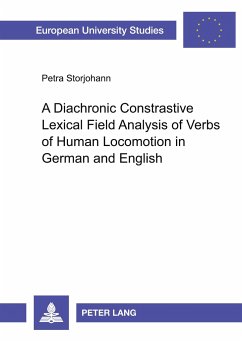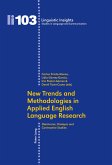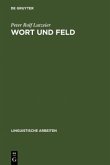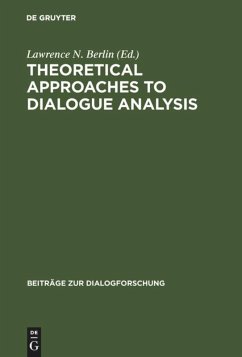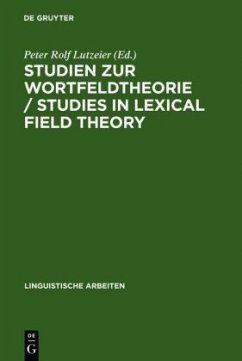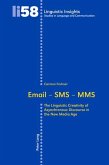This book explores the semantic properties of verbs expressing human locomotion and investigates their sense relations in German and English diachronically. For this purpose a model was developed which is related to revised versions of Lutzeier (1981) by linking it with a context-dependent analysis, hence combining a paradigmatic with a syntagmatic approach. Within this approach the influence of contexts on verbs is investigated, and it is illustrated to what extent syntagmatic constraints play a part in establishing features in verbs. Semantic changes holding between members of this lexical field are shown in tables and diagrams. A comparison of morphologically related verbs is conducted, and qualitative and quantitative differences in the lexical representation of meaning concepts are analysed. In addition, it is demonstrated what notions are lexicalised in each linguistic period.
Bitte wählen Sie Ihr Anliegen aus.
Rechnungen
Retourenschein anfordern
Bestellstatus
Storno

